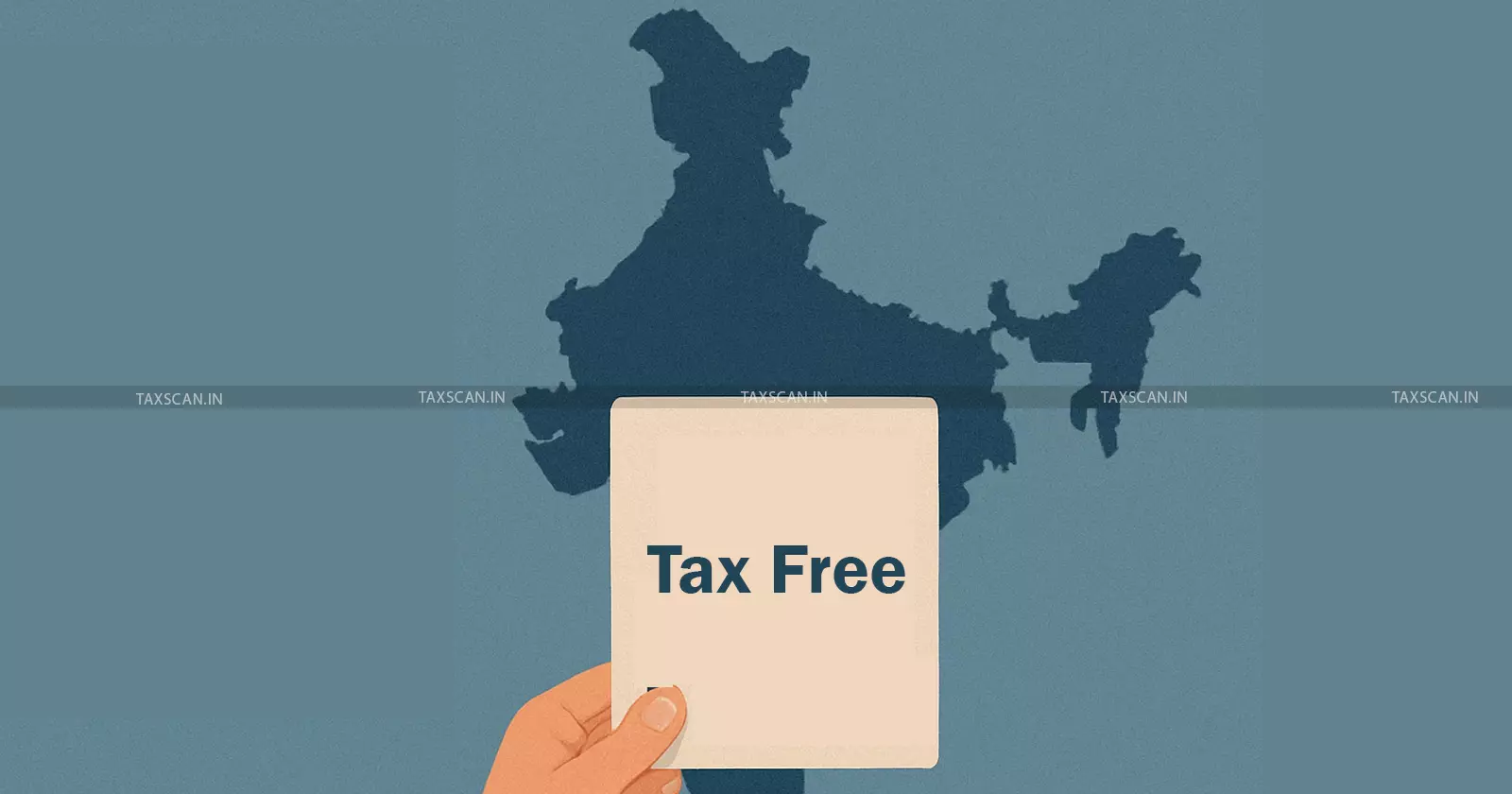What Would Happen If India Goes Tax Free?
After independence, India adopted a deeply socialist approach to economic policy, famously enshrining the term "Socialist" in its Constitution in 1976 via the 42nd Amendment

If India were to go tax free; that is, eliminating all forms of direct and indirect taxation; it would represent a radical transformation in public finance, economic structure, and social policy. Though India in 2025 is nowhere close to a tax-free regime, exploring such a scenario brings to light a range of consequences, drawing from not only India's own economic debates but also global experiences and economic theory. Understanding Present Indian Tax System India currently employs a mix of direct taxes (income tax, corporate tax) and indirect taxes (GST, excise, customs duties) to fund government operations, welfare, infrastructure, defense, education, and much more. The income tax regime has recently seen some reforms that increase basic exemption limits and rebates, providing relief up to ₹12 lakh annual income under the new regime, and generally aiming for simplification and transparency. What “Tax Free” Actually Means Going tax free would mean the government would not levy income tax, GST, customs duties, excises, municipal taxes, or any other obligatory payment from citizens or corporations. It is important to clarify: "tax-free" is different from "tax holiday" (temporary or sector-specific exemption), and from selective tax relief (such as current exemptions and rebates for certain income groups) India's Over-Socialist Past and All-Time High Tax Rates After independence, India adopted a deeply socialist approach to economic policy, famously enshrining the term "Socialist" in its Constitution in 1976 via the 42nd Amendment. This era was marked by state-led development, nationalization of major industries (including banking in 1969 and 1980), licensing and permitting controls (the “License Raj”), restrictions on private capital, high import duties, and a policy approach centered on income redistribution and public ownership. Tax rates during this period were extremely high:
- In the early 1970s and 1980s, India's marginal income tax rates soared to a record 97.75% for high-net-worth individuals; among the highest globally at the time.
- Corporate taxes, wealth taxes, property taxes, and extensive excises on goods and services reinforced a system designed to limit wealth accumulation and prioritize redistribution.
These policies were intended to further social justice and economic equality, but in practice, they stifled private entrepreneurship, caused capital flight, and encouraged a pervasive black economy. The “License Raj”; heavy state controls on industries—impeded competition, investment, and innovation, compelling India to rethink its direction by the 1990s and gradually liberalize.
How Much of India's Government Income Comes from Gross Tax Revenue? For the fiscal year 2024-25, about 83% of the Indian government's revenue is from tax revenue, and the remaining 17% comes from non-tax revenue sources. This data is based on the Budget at a Glance 2024-2025 document, which projects:
- Total revenue receipts: ₹31,29,200 crore
- Tax revenue: ₹25,83,499 crore (83%)
- Non-tax revenue: ₹5,45,701 crore (17%).
This ratio underscores the significant dependence of the Indian government on tax collections for its revenue needs.
Economic Effects: Pros and Cons
Potential Short-Term Benefits
- Higher Disposable Income
Without income tax and GST, take-home salaries and business profits would rise. In theory, this could lead to:
- More consumer spending
- Higher savings and investments
- A temporary “feel good” effect on the populace
- Increase in Entrepreneurship and FDI
A tax-free regime might attract more startups, foreign investment, and even Indian corporations previously operating offshore.
- Black Economy Shrinkage
With taxes at zero, there’s less incentive for under-the-table business, which could bring some portion of the informal economy into the mainstream.
Unintended Negative Consequences
- Collapse of Social Sector
Free public education, healthcare, and social welfare depend on public funding. Without taxes, India’s poorest citizens would face unequal access, possibly reinforcing poverty and social inequality.
- Infrastructure Decay
No tax means less (or no) new infrastructure and decaying maintenance. Roads, railways, and digital networks would see little support, affecting long-term growth.
- Inflation and Economic Instability
Without tax revenue, options left are borrowing or money printing; both tend to push inflation and erode currency value over time.
- Widening Inequality
With the government unable to redistribute wealth through taxation and benefits, economic disparity could widen, disturbing social peace.
- Security and Sovereignty Risks
National defense, border control, and law enforcement require significant resources. Underfunding could threaten national security and social order.
Unintended Consequences: A Realistic Likelihood
- Hyperinflation Risk: Funding gaps bridged by money printing will likely lead to hyperinflation, as monetizing fiscal deficits has repeatedly shown in global economic history (for example, Zimbabwe, Venezuela).
- Public Order and Instability: As government services collapse, crime and unrest may rise, sometimes leading to loss of investor confidence and brain drain.
- Credit Downgrade and Foreign Dependence: International agencies may strip India of investment-grade ratings, making any future borrowing (even for necessary public projects) prohibitively expensive.
Conclusion
India is not just a nation of 1.4 billion people but a complex ecosystem striving for growth, justice, and innovation. Taxation, however imperfect; remains the main engine for public good, nation-building, and even economic redistribution.
While tax relief and simplification are important policy goals (evident in the 2025 reforms), a completely tax-free India is practically impossible with the current development stage, demographic profile, and constitutional setup.
- Welfare, infrastructure, national defense, justice, and equity require funding that only broad-based, fair taxation can provide.
- Removing all taxes would solve some issues (personal savings/wealth) but would generate far larger crises in services, inequality, stability, and long-term growth prospects.
Taxation, then, is best seen not as a “burden” but as the fuel for a functioning society. The ongoing journey is to make tax easier, fairer, and more growth-enhancing and not to abolish it altogether.
Support our journalism by subscribing to Taxscan premium. Follow us on Telegram for quick updates


